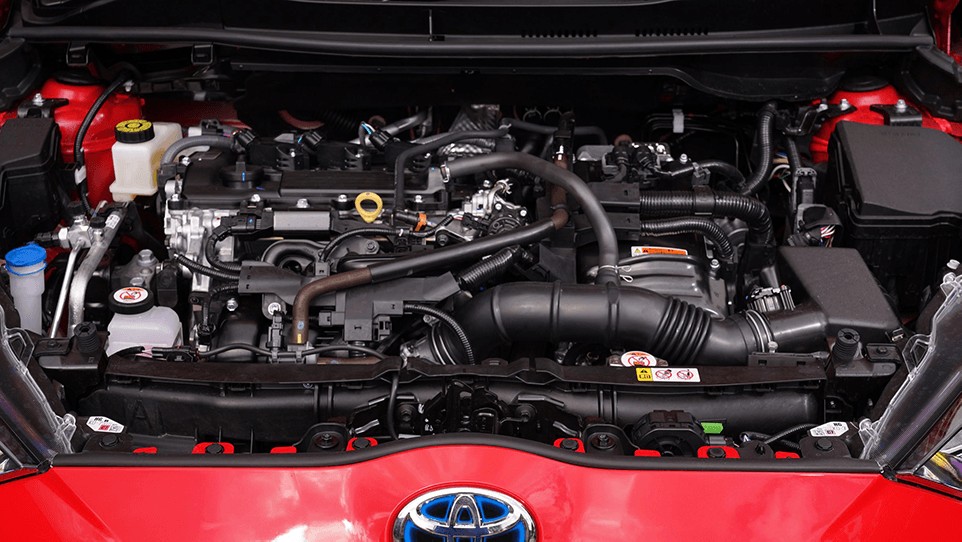The Electronic Control Unit (ECU) is a vital component in modern vehicles, managing everything from engine performance to fuel efficiency. But where exactly is this critical part located? This guide will pinpoint the typical ECU location and explain why it matters.
 alt text describing image of a car engine with the ECU highlighted
alt text describing image of a car engine with the ECU highlighted
Pinpointing the ECU: Under the Hood or Inside the Cabin?
Unlike some car parts with standardized placements, the ECU’s location can vary depending on the car’s make and model. However, its proximity to the engine is crucial for efficient communication and control. You’ll typically find the ECU in one of two main areas:
-
Under the Hood (Engine Bay): This is the most common location for the ECU. It’s often mounted on the firewall, near the engine, or sometimes even on the engine itself. This placement minimizes wiring length and allows for quick data transfer between the ECU and the engine’s various sensors and actuators.
-
Inside the Car’s Cabin: In some vehicles, the ECU might be located inside the cabin, often under the dashboard, behind the glove compartment, or beneath the center console. This placement offers protection from the harsh environment of the engine bay but may require longer wiring harnesses.
Your car’s owner’s manual should provide the precise location of the ECU for your specific model.
Why Knowing the ECU Location Matters
Understanding the ECU’s location can be helpful for several reasons:
-
Troubleshooting: If you’re experiencing car problems, knowing where the ECU is located allows you to visually inspect it for any obvious damage, loose connections, or signs of water intrusion.
-
Repairs and Replacements: Mechanics will need to access the ECU for diagnostics, repairs, or replacements. Knowing its location beforehand can streamline the process.
-
Modifications and Tuning: For performance modifications or ECU tuning, accessing the unit is necessary for reprogramming or installing aftermarket components.
Finding the ECU: Check Your Owner’s Manual
The most reliable way to determine your car’s ECU location is to consult your owner’s manual. The manual typically includes a detailed diagram or description of the engine compartment and interior components, including the ECU.
What if My Car’s ECU is Faulty?
A malfunctioning ECU can manifest in various ways, including:
- Illuminated Check Engine Light: This is a common indicator of ECU problems.
- Poor Fuel Economy: A faulty ECU can disrupt the optimal fuel-air mixture, leading to decreased fuel efficiency.
- Reduced Engine Performance: The engine may feel sluggish, lack power, or experience misfires.
- Stalling or Difficulty Starting: A damaged ECU can prevent the engine from starting or cause it to stall unexpectedly.
Conclusion: Locate Your Car’s ECU for Easier Troubleshooting and Maintenance
Knowing where your car’s ECU is located is valuable for both car owners and mechanics. While the location varies, it’s usually found in the engine bay or within the car’s cabin. Consult your owner’s manual for the precise location in your specific vehicle. This knowledge can be beneficial for troubleshooting, repairs, and potential performance modifications.
